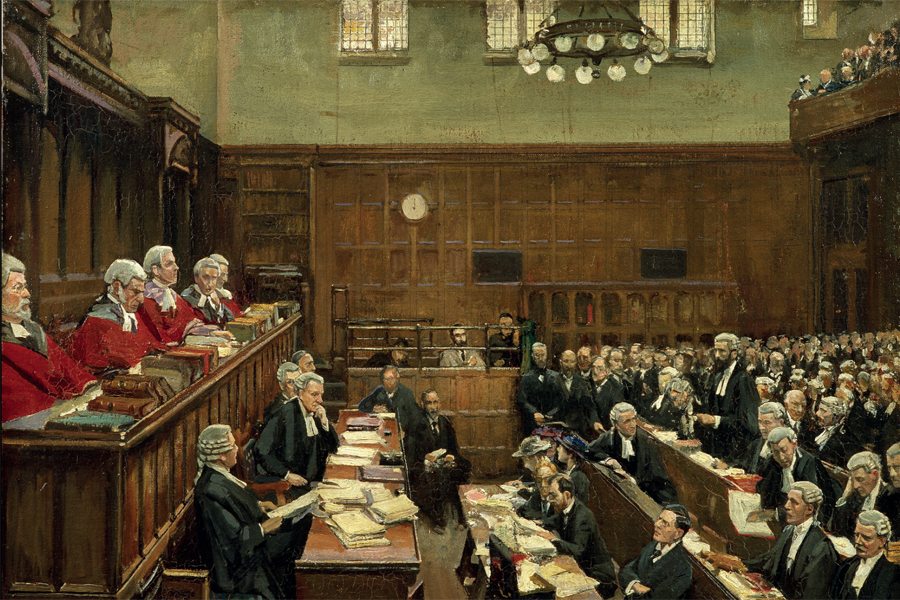
After the execution of the two surviving signatories of the 1916 Proclamation (James Connolly and Sean McDermott) on 12 May the Crown had one final score to settle with the leadership of the rising. Sir Roger Casement, career diplomat, humanitarian and British civil servant, had been the first of the leaders of the rising to be arrested. He was the last to be tried and executed.
The Asquith government had initially decided that he would be quickly court-martialled and shot. But, informed by the strong negative reaction to the executions in Dublin the Government began to be attracted to the idea of civil trial for treason. A form of ‘show trial’ in which ‘justice would be seen to be done’. The attraction was one of rehabilitation. Some of the international criticism drawn down on the heads of the Asquith government for the methods used to deal with the leaders of the rising (a system amounting to virtual drumhead courts martial) could be deflected by a robust and open prosecution of Casement.
There was, however, an unfortunate corollary embedded in the governmental logic. Their forum for the ex post facto validation of General Sir John Maxwell and the Dublin executions, would also become Casement’s platform for the justification of the rising and the lionization of its leaders. If they had looked back to the trial of Robert Emmet in Dublin in 1803 they could have been forewarned. Just because the result of both was a foregone conclusion did not mean they would not have to share the propaganda value of a public trial process.
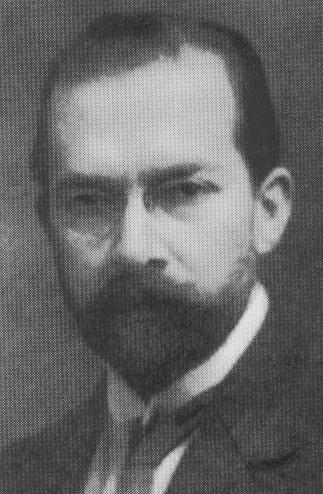
Casement’s defence was organized by George Gavan Duffy. Duffy was a successful London solicitor, the son of the Young Ireland leader, Charles Gavan Duffy. The Casement trial would prompt him to abandon his London legal practice and become a Sinn Fein MP in 1918. Gavan Duffy, with some difficulty, managed to engage the services of Serjeant A.M.Sullivan (the son of the former owner of the Nation newspaper, A.M.Sullivan) to defend Casement. No senior British-based barrister would take the brief.
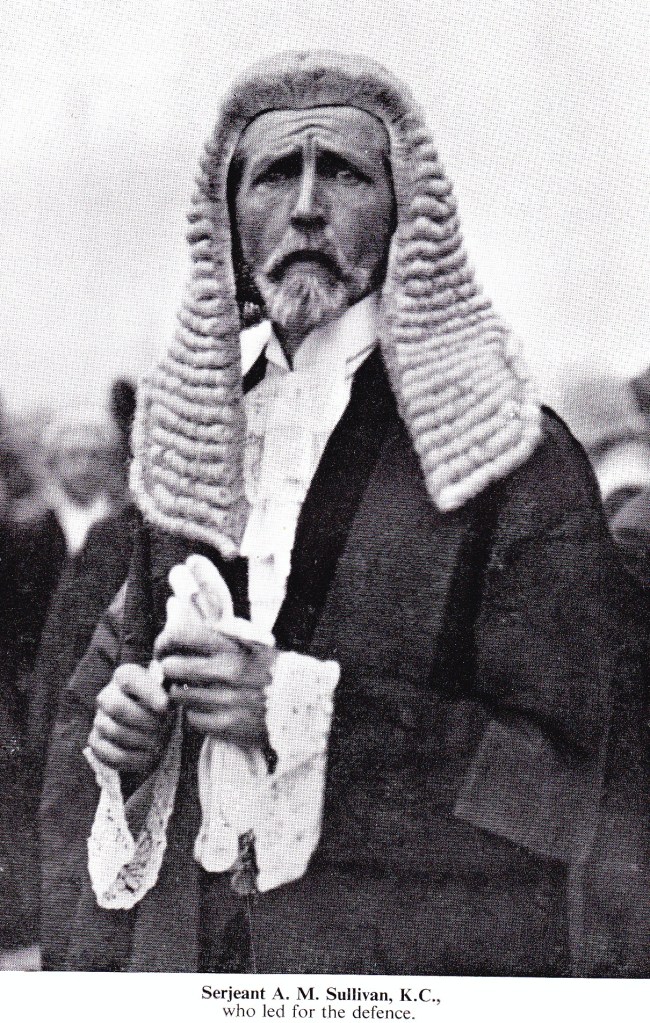
Sullivan was a Crown law officer in Ireland but had been called to the English Bar and was, therefore, entitled to plead at the Old Bailey. Casement’s desire was to conduct a defence based on an acceptance of the facts of the case. However, he would emphatically deny that he was guilty of treason on foot of those facts. His contention would be that his loyalty was to an Irish republic not to the English Crown.
Sullivan, however, persuaded, or browbeat, his client into a more reductive line of defence. Casement was to be tried under the same treason statute—of the medieval King Edward III—as Robert Emmet had been.
This held that the crime of treason had been committed ‘if a man be adherent to the King’s enemies in his realm’. Sullivan would contend that Casement, in his dealings with the Germans, had not threatened the King in his own realm. There was a hopeful precedent in the case of Colonel Arthur Lynch. Lynch had been a leader of the Irish Brigade during the Boer War. A similar defence had been entered in his case but he had been convicted and sentenced to death. Lynch, however, had been reprieved. Sullivan was hoping for similar treatment for Casement.
But there was another reason for acceding to Sullivan’s insistence that his line of defence be adopted. Casement, famously, had recorded many of his homosexual exploits in a series of notebooks. These were in the possession of the prosecution. Adopting Sullivan’s defence strategy, a plea based on a technicality and on legal argument, would not allow the prosecution to introduce the diaries in evidence. Prodigious use was made of the ‘Black Diaries’ covertly, both before and after the trial, but they were not produced in the Old Bailey. However, much like Robert Emmet’s letters to Sarah Curran in 1803 they were allowed to hang in the air above the proceedings. In the case of Emmet the threat was that Sarah Curran would be prosecuted if he challenged the Crown’s evidence against him.
Casement’s trial opened on 26 June. Leading for the Prosecution was Sir Frederick Smith (formerly F.E. Smith) successor to Sir Edward Carson as Attorney General.
Witnesses were called who had been prisoners of war in the German camps from which Casement had hoped to recruit his Irish Brigade. All identified him but also acknowledged that they had been told that they would not be fighting for Germany but for Ireland. A number of witnesses identified Casement as having landed on Banna Strand.
After the prosecution case concluded Sullivan rose to enter a motion to have the indictment quashed. He argued that the allegation of treason was bad in law and that in order to secure a conviction it was essential that Casement should have been in the King’s realm when he attempted to persuade the Irish POWs to change allegiance.
The judges ruled otherwise. They held that a treasonable offence committed by one of His Majesty’s subjects was liable to trial under Common Law wherever that offence was committed. Sullivan’s strategy, unpromising from the outset, was now in tatters.
Sullivan’s address to the jury, in the light of the failure of his own defence strategy, now pivoted towards the defence originally advocated by his client, i.e. that he owed his loyalty to an Irish Republic and not the British Crown, so that he could not be guilty of treason.
In his own concluding remarks F.E.Smith reiterated the Crown’s allegation that ‘German gold’ was behind the rebellion [already denied by both Pearse and Casement] and concluded:
If those facts taken together, his journey to Germany, his speeches when in Germany, the inducements he held out to these soldiers, the freedom which he there enjoyed, the cause which he pursued in Ireland . . . satisfy you of his guilt, you must give expression to that view in your verdict.
The direction by the Lord Chief Justice [Rufus Isaacs, Lord Reading] to the jury left them with little alternative but to convict Casement. The jury took less than an hour to find Casement guilty of treason.
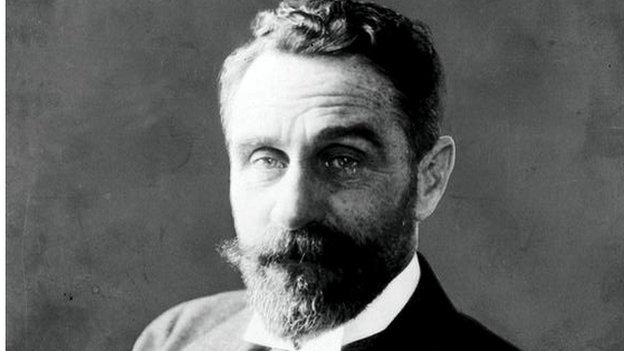
Casement now took advantage of the opportunity that had been denied Pearse, MacDonagh and Connolly and the other leaders of the rebellion, to offer an explanation of the objectives of the leadership of the Easter rising. His peroration was, arguably, the finest republican valedictory since that of Emmet more than a century before. He concluded …
Ireland is treated today among the nations of the world as if she were a convicted criminal. If it be treason to fight against such an unnatural fate as this, then I am proud to be a rebel, and shall cling to my “rebellion” with the last drop of my blood.
A failed appeal delayed Casement’s execution and allowed a head of steam to build up behind a campaign to have him reprieved. It was during this period that tactical use was made of the Black Diaries in order to influence newspaper coverage against Casement and dampen the enthusiasm of actual and potential supporters (such as John Redmond and George Bernard Shaw)
Casement was hanged in Pentonville Prison on 3 August, 1916. As with the other leaders of the Easter rising, his body was buried in quicklime in the prison cemetery. In 1965, a year before the country commemorated the fiftieth anniversary of the rising, Casment’s body was repatriated and interred in Glasnevin cemetery in Dublin. He was afforded a state funeral that was attended by President Eamon de Valera, the last surviving commandant of Easter Week.
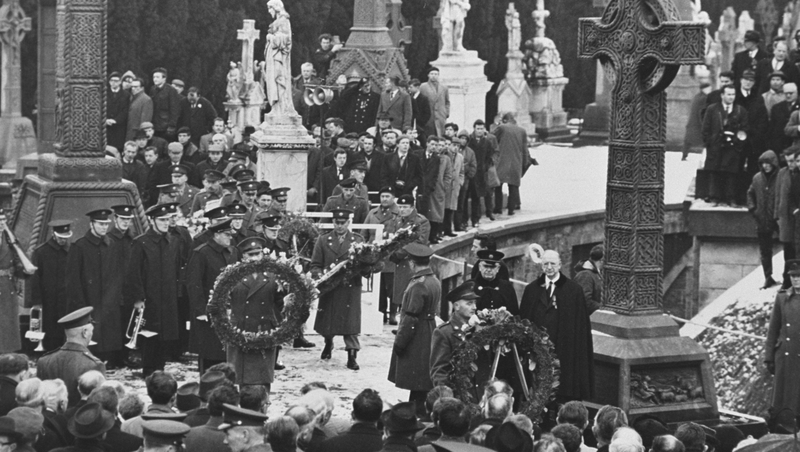
You must be logged in to post a comment.